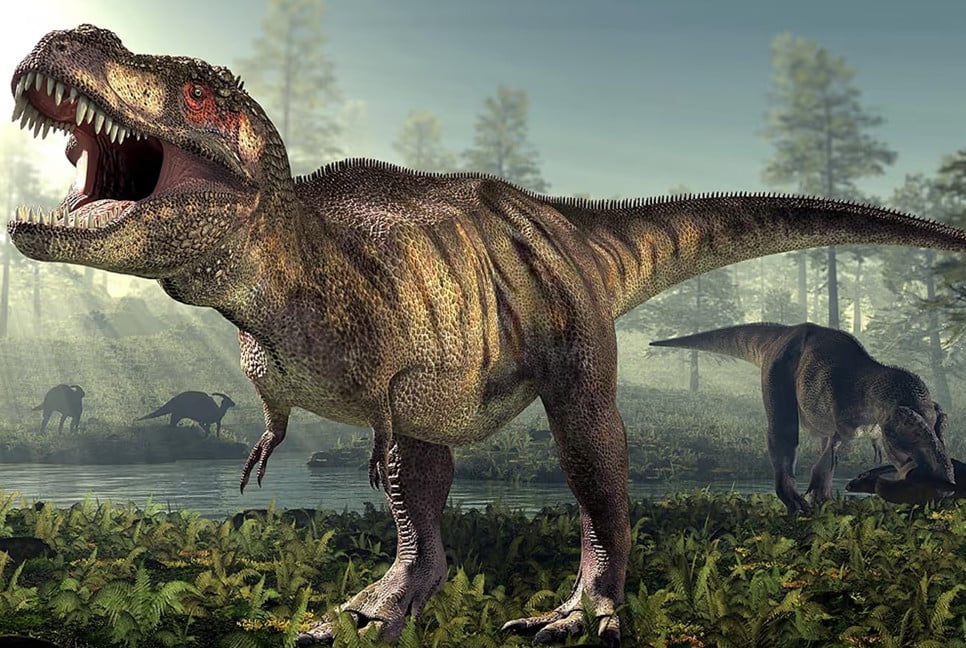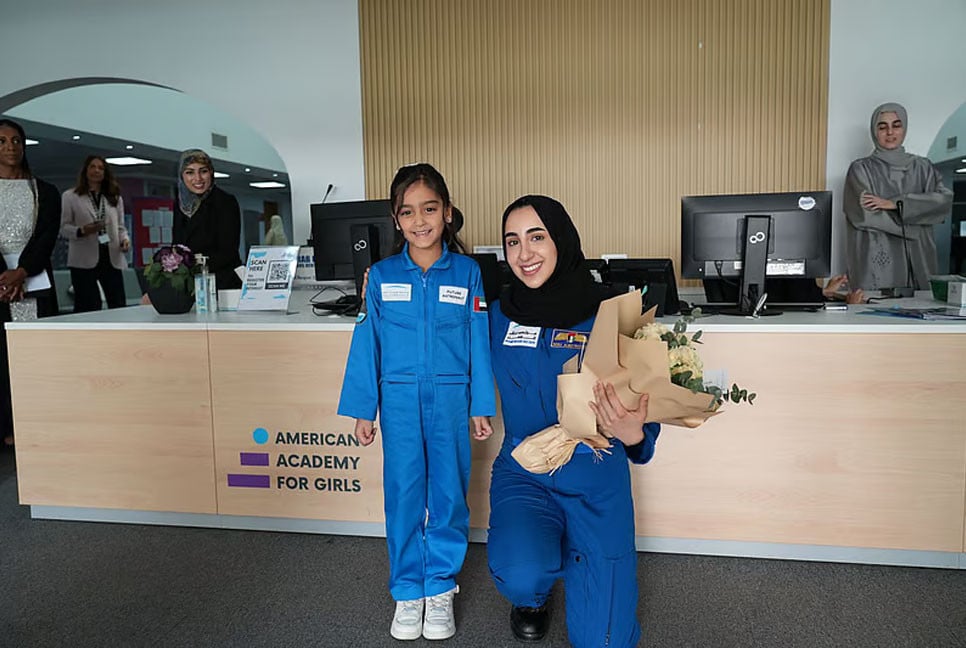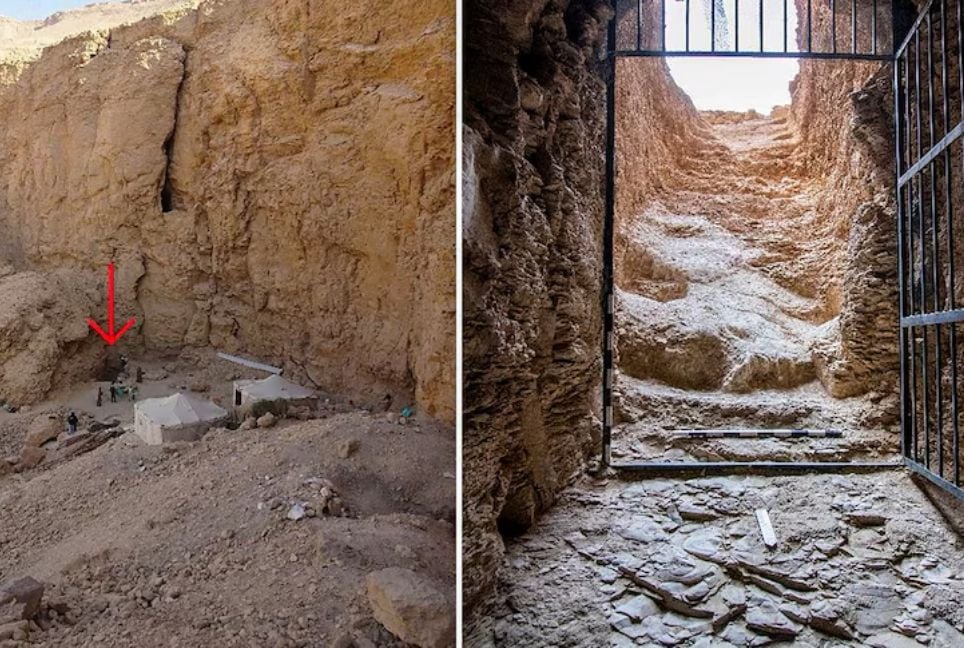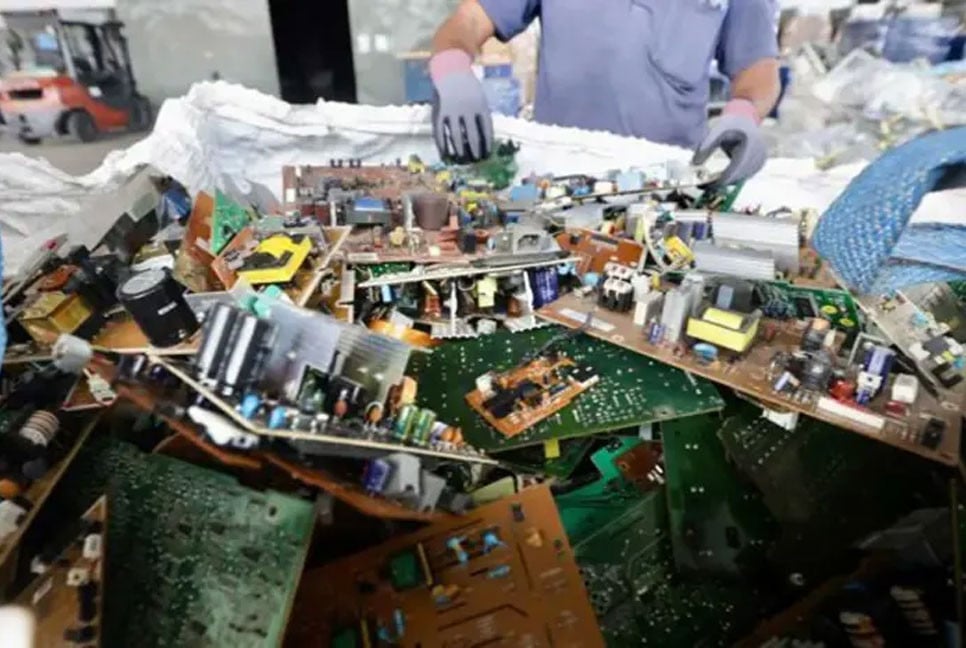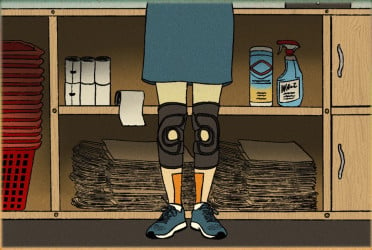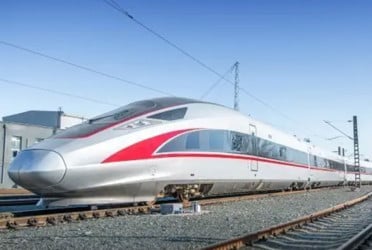Scientists are exploring the use of robots to recreate animals that went extinct long ago, such as dinosaurs and marine reptiles, according to a report in Science Robotics.
By copying the movements and body features of extinct animals like the Tyrannosaurus Rex, these robots could help to learn more about evolution. Researchers say the goal of creating these models is to better understand evolution and the natural world.
Dr. Michael Ishida from the University of Cambridge, who co-wrote the review, told The Guardian, "We have these animals that evolution has created over millions and millions of years, but with a couple lines of code or a new 3D-printed leg we can simulate those millions of years of evolution in a single day of engineering effort.”
"Building a robot [based on these living species of fish] will hopefully give us a little bit of insight into what kind of evolutionary pressures, or what kind of mechanics, started to force fish to develop these different anatomies that would be useful on land," he said, adding that such learning would help the team develop paleo-inspired robots of extinct fish.
In the review article, scientists propose "paleoinspired robotics," an emerging research paradigm that combines the traditional bioinspired robotics framework with the study of evolutionary trajectories. Paleoinspired robotics markedly expands upon the conventional objectives and methodologies associated with bioinspired robotics.
According to the research article, bioinspired robotics usually focuses on copying and studying specific features of one living animal. In contrast, paleoinspired robotics looks at how changes in body structure affect movement, strength, and energy use across different species from various time periods, especially in relation to overall evolutionary patterns.
Adding paleoinspired robotics to palaeontology helps explore the potential evolution of certain features, while comparing paleoinspired and bioinspired robotics aids in studying artificial evolution.
Bd-pratidin English/ Afia

